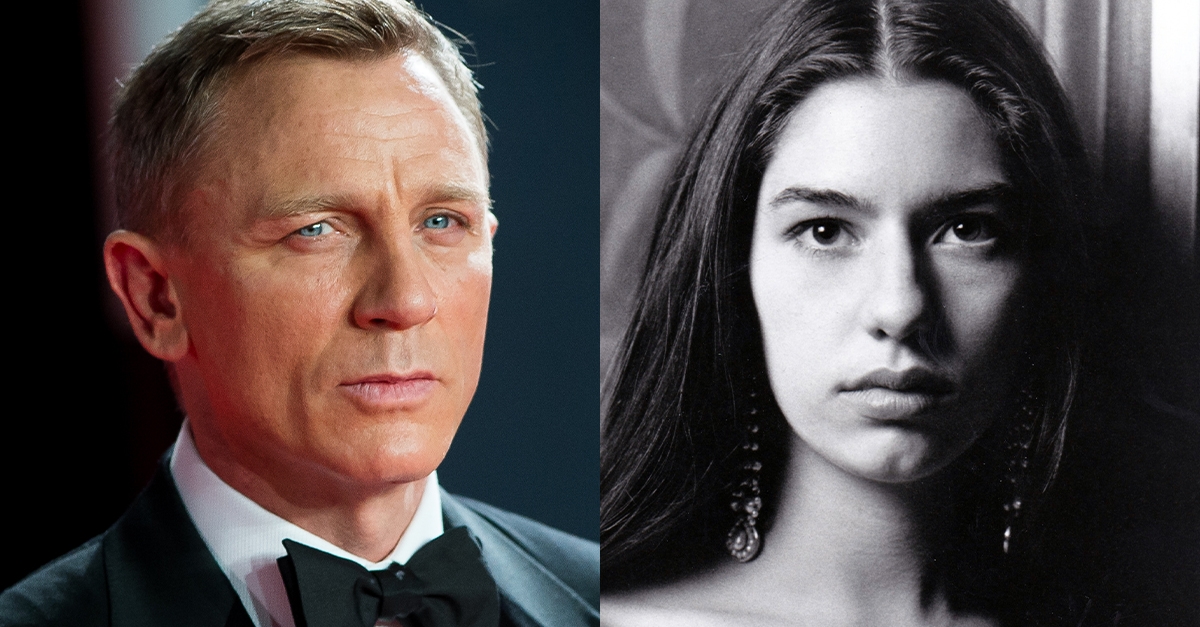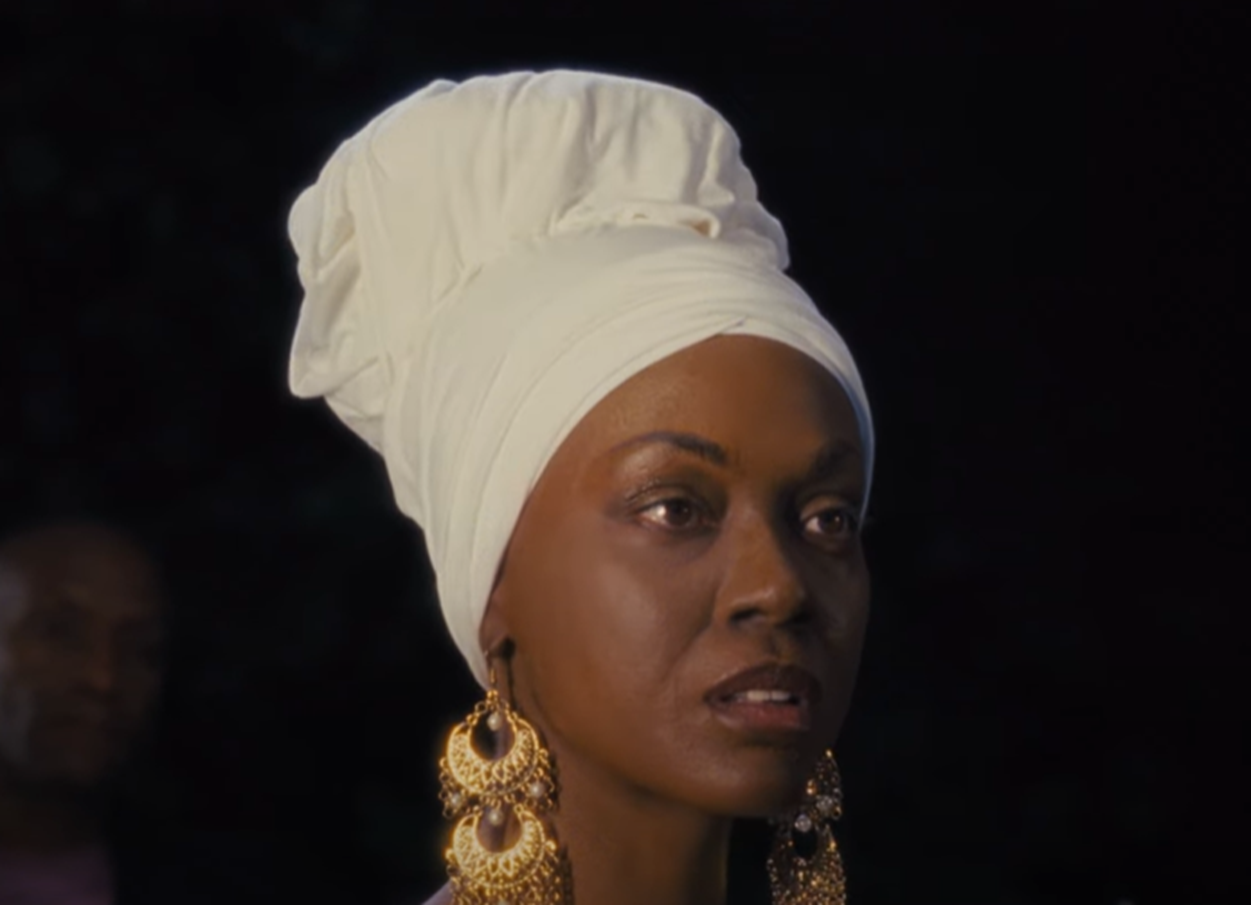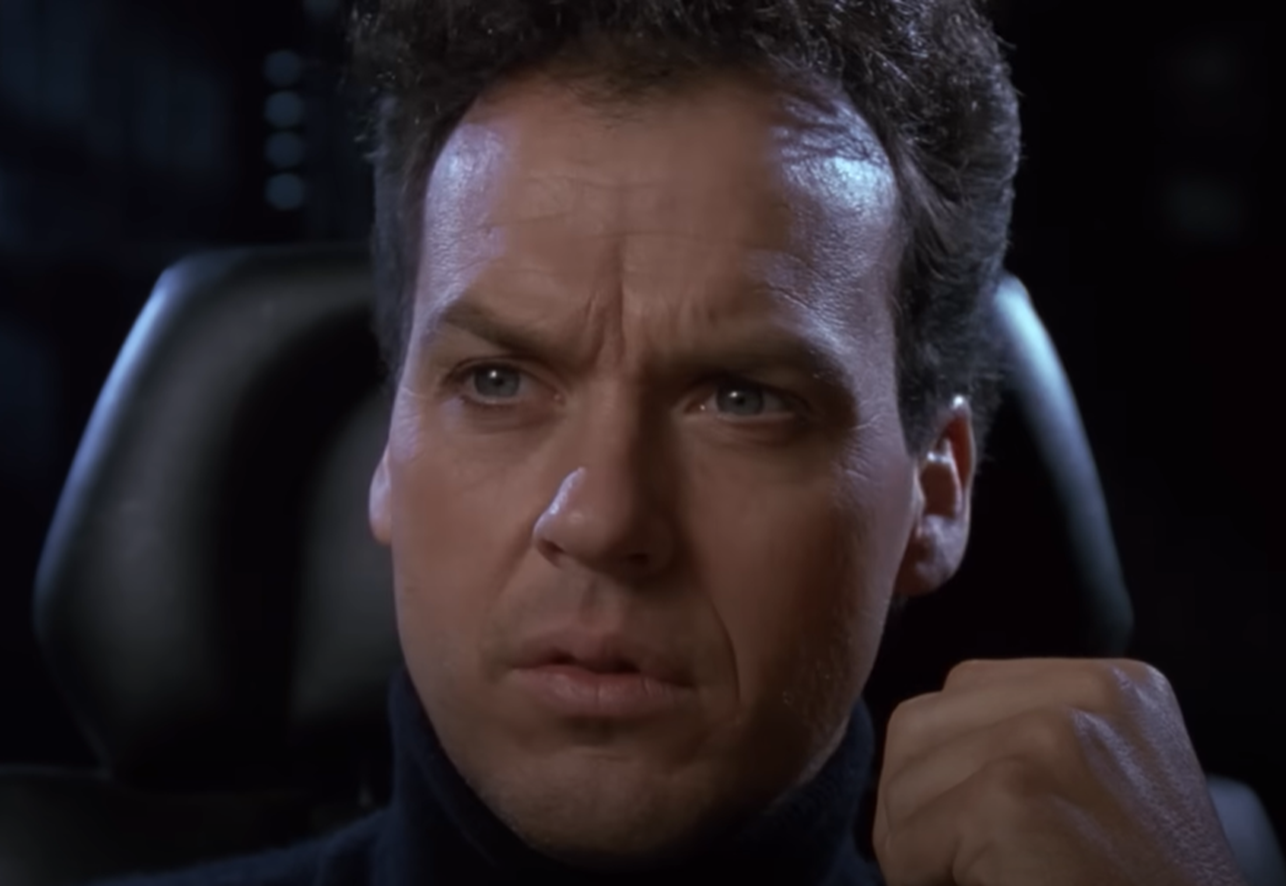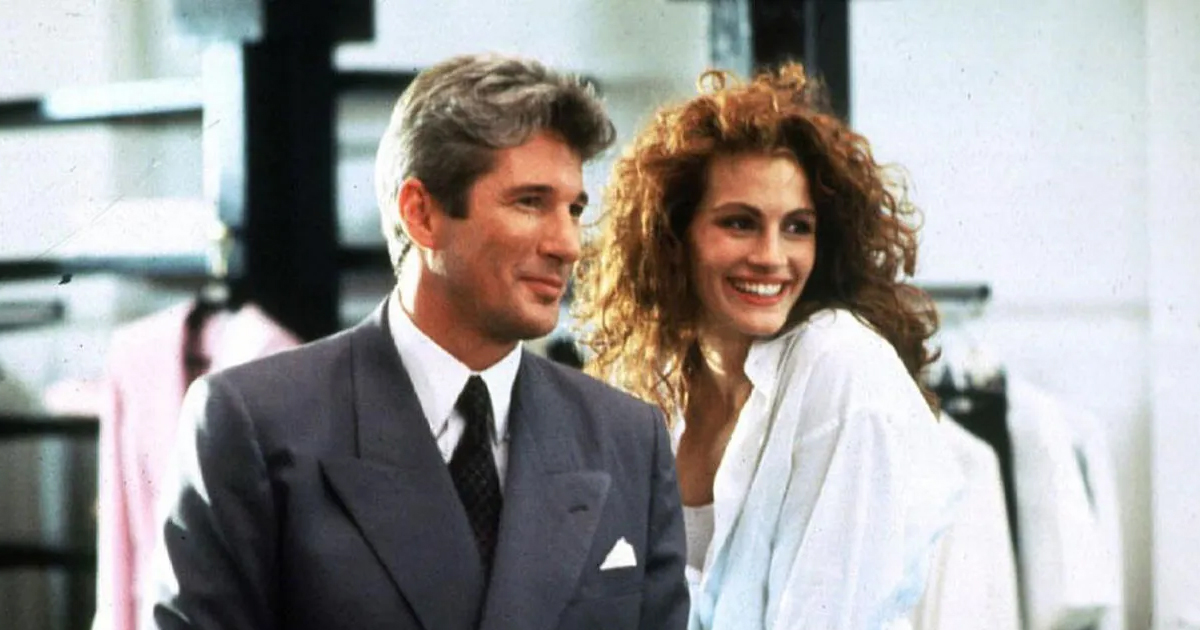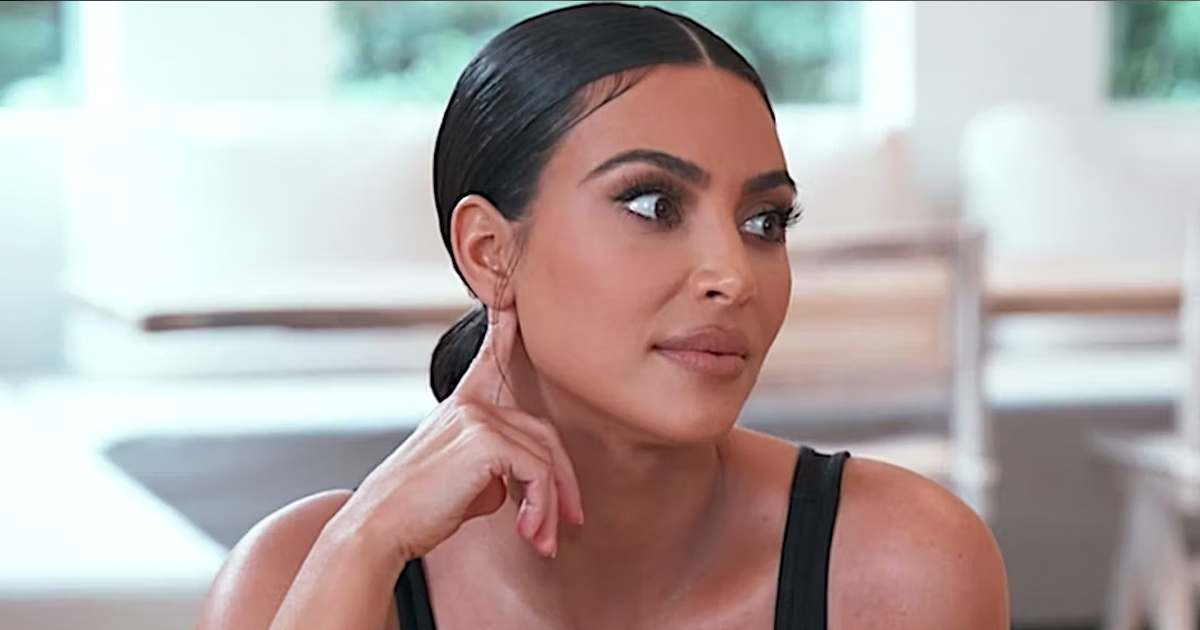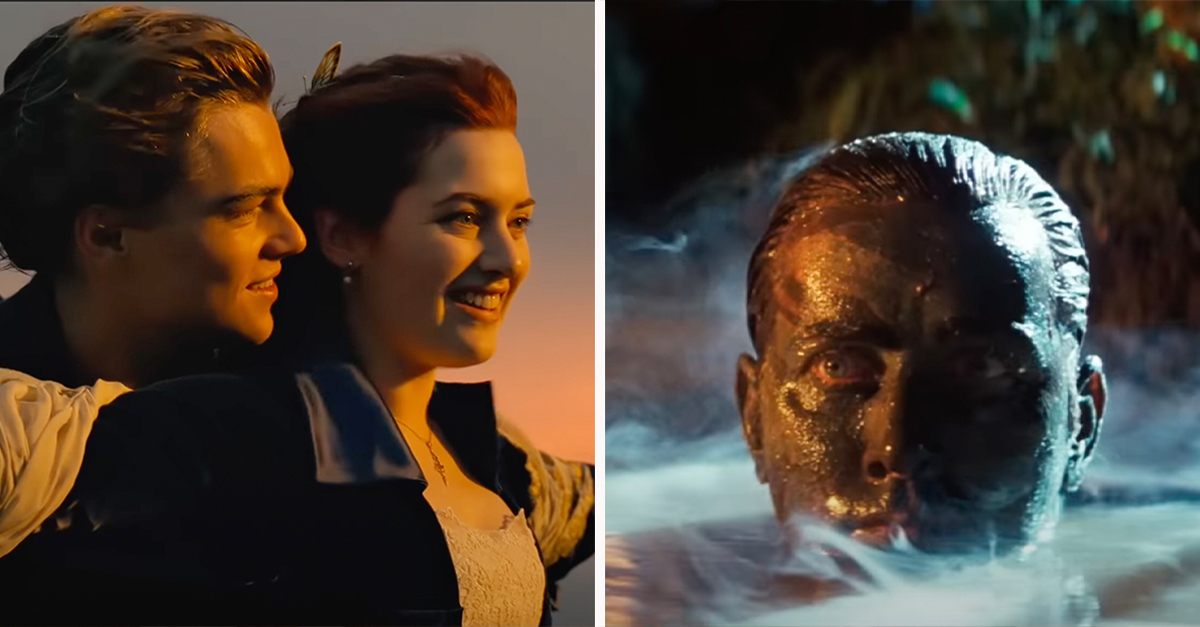Casting Drama
Casting is one of the most important parts of producing a movie—and can make or break a film. These are the most controversial casting choices in Hollywood.

Eddie Redmayne: The Danish Girl (2015)
In 2015, Eddie Redmayne starred in The Danish Girl, which was based on the true story of Lili Elbe. Elbe was a transgender woman who underwent multiple gender-affirming operations in 1930 and 1931.
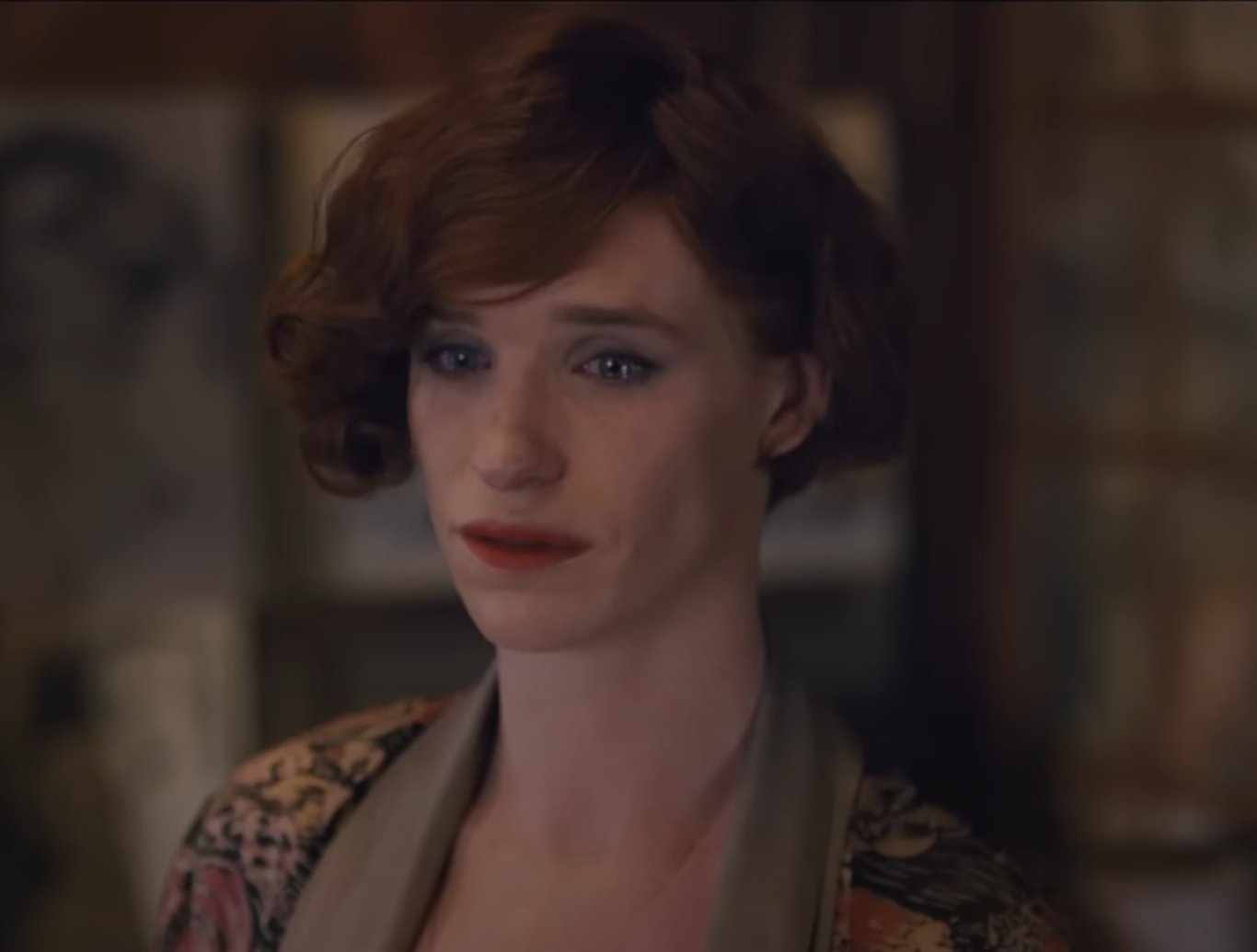 Pretty Pictures, The Danish Girl (2015)
Pretty Pictures, The Danish Girl (2015)
Eddie Redmayne: The Danish Girl (2015)
Though Redmayne's performance in the film earned him high praise and an Academy Award nomination, others were very critical of the decision to cast him in the first place.
 Pretty Pictures, The Danish Girl (2015)
Pretty Pictures, The Danish Girl (2015)
Eddie Redmayne: The Danish Girl (2015)
You see, Hollywood hasn't told many transgender stories. Therefore, The Danish Girl could have been a rare opportunity for a trans actor to play a trans role. Later on, Eddie Redmayne admitted that he regretted taking on the role.
 Pretty Pictures, The Danish Girl (2015)
Pretty Pictures, The Danish Girl (2015)
Eddie Redmayne: The Danish Girl (2015)
Redmayne has been quoted saying, “No, I wouldn’t take it on now. I made that film with the best intentions, but I think it was a mistake…The bigger discussion about the frustrations around casting is because many people don’t have a chair at the table. There must be a leveling, otherwise we are going to carry on having these debates".
 Pretty Pictures, The Danish Girl (2015)
Pretty Pictures, The Danish Girl (2015)
Nicole Kidman: Being The Ricardos (2021)
When the trailer for 2021's Being the Ricardos first dropped, Lucille Ball fans were not exactly pleased. Many criticized the casting of Nicole Kidman, highlighting the fact that she looked nothing like Lucille Ball and didn't even sound like her. But that wasn't the only complaint they voiced.
 Escape Artists, Being the Ricardos (2021)
Escape Artists, Being the Ricardos (2021)
Nicole Kidman: Being The Ricardos (2021)
When it came to the casting of Lucille Ball, many had hoped that Debra Messing would take on the role as she bears an uncanny resemblance to her. However, the director of Being the Ricardos, Aaron Sorkin, wasn't interested in casting an actress who looked exactly like Ball—he was more interested in casting an excellent actress.
 Escape Artists, Being the Ricardos (2021)
Escape Artists, Being the Ricardos (2021)
Nicole Kidman: Being The Ricardos (2021)
Despite some resistance toward the film's casting, Being the Ricardos won its flowers in the end, with Nicole Kidman even snagging a Golden Globe for Best Actress. The film also earned multiple Academy Award nominations.
 Escape Artists, Being the Ricardos (2021)
Escape Artists, Being the Ricardos (2021)
Zoe Saldaña: Nina (2016)
A biopic of Nina Simone sounds like a phenomenal idea, but the casting doomed it to a realm of controversy. Zoe Saldaña took on the role of Simone in 2016's Nina—and became the target of some serious backlash.
Zoe Saldaña: Nina (2016)
Saldaña comes from a Dominican and Puerto Rican background. Therefore, to look more like Simone, she darkened her skin color and wore a prosthetic nose. This definitely incited audiences and critics to question why a darker-skinned woman wasn't cast for the role in the first place.
Zoe Saldaña: Nina (2016)
Nina Simone's own daughter, Lisa Simone Kelly, wasn't pleased with the biopic at all: “There are many superb actresses of color who could more adequately represent my mother and could bring her to the screen with the proper script, the proper team and a sense of wanting to bring the truth of my mother’s journey to the masses. And Nina, in my opinion, doesn’t do any of that".
In 2020, Saldaña voiced her regret over taking on the role.
Sofia Coppola: The Godfather Part III (1990)
There were many actresses who almost took on the role of Mary Corleone in The Godfather Part III. These included Winona Ryder, Madonna, and Julia Roberts. But when none of them made the final casting, Francis Ford Coppola made a surprising decision.
 Paramount Pictures, The Godfather Part III (1990)
Paramount Pictures, The Godfather Part III (1990)
Sofia Coppola: The Godfather Part III (1990)
To fill the role of Mary Corleone, Coppola brought his daughter Sofia on board the project. This clear case of nepotism might have been forgivable if Sofia had pulled off a phenomenal acting performance. But instead, her scenes have gone down in Hollywood history as one of the worst acting attempts ever.
 Paramount Pictures, The Godfather Part III (1990)
Paramount Pictures, The Godfather Part III (1990)
Sofia Coppola: The Godfather Part III (1990)
From the time of the film's release to the present day, people have criticized Sofia Coppola's inability to properly emote and deliver her lines. In a later interview with the New York Times, Coppola shared how she managed to get past all of the insults that have been hurled her way, explaining that the criticism has only made her stronger.
 Paramount Pictures, The Godfather Part III (1990)
Paramount Pictures, The Godfather Part III (1990)
Scarlett Johansson: Ghost In The Shell (2017)
When it was announced that Scarlett Johansson would be playing Major Mira Killian / Motoko Kusanagi in the Hollywood adaptation of Ghost in the Shell—a Japanese anime—people were immediately up in arms.
 Paramount Pictures, Ghost in the Shell (2017)
Paramount Pictures, Ghost in the Shell (2017)
Scarlett Johansson: Ghost In The Shell (2017)
Turns out, the 2017 adaptation of Ghost in the Shell underwent some major plot changes in order to accommodate the casting of a white woman in the lead role. At the end of the film, a wild twist explains that Johansson's character was once a Japanese girl whose brain was transplanted into a robotic body.
 Paramount Pictures, Ghost in the Shell (2017)
Paramount Pictures, Ghost in the Shell (2017)
Scarlett Johansson: Ghost In The Shell (2017)
Many critics accused the film of whitewashing. The journalist Marc Bernardin wrote in the Los Angeles Times, "At the end of the day, the only race Hollywood cares about is the box office race".
Scarlett Johansson went on to defend her role on Good Morning America, saying, "I think this character is living a very unique experience in that she has a human brain in an entirely machinate body. I would never attempt to play a person of a different race, obviously".
 Paramount Pictures, Ghost in the Shell (2017)
Paramount Pictures, Ghost in the Shell (2017)
Daniel Craig: Casino Royale (2006)
People don't like change, especially when it comes to one of their favorite action heroes—James Bond. The casting of a brand new Bond for a new era is always an exciting one, but when people found out that Daniel Craig would be taking on the role, fans had some major reservations.
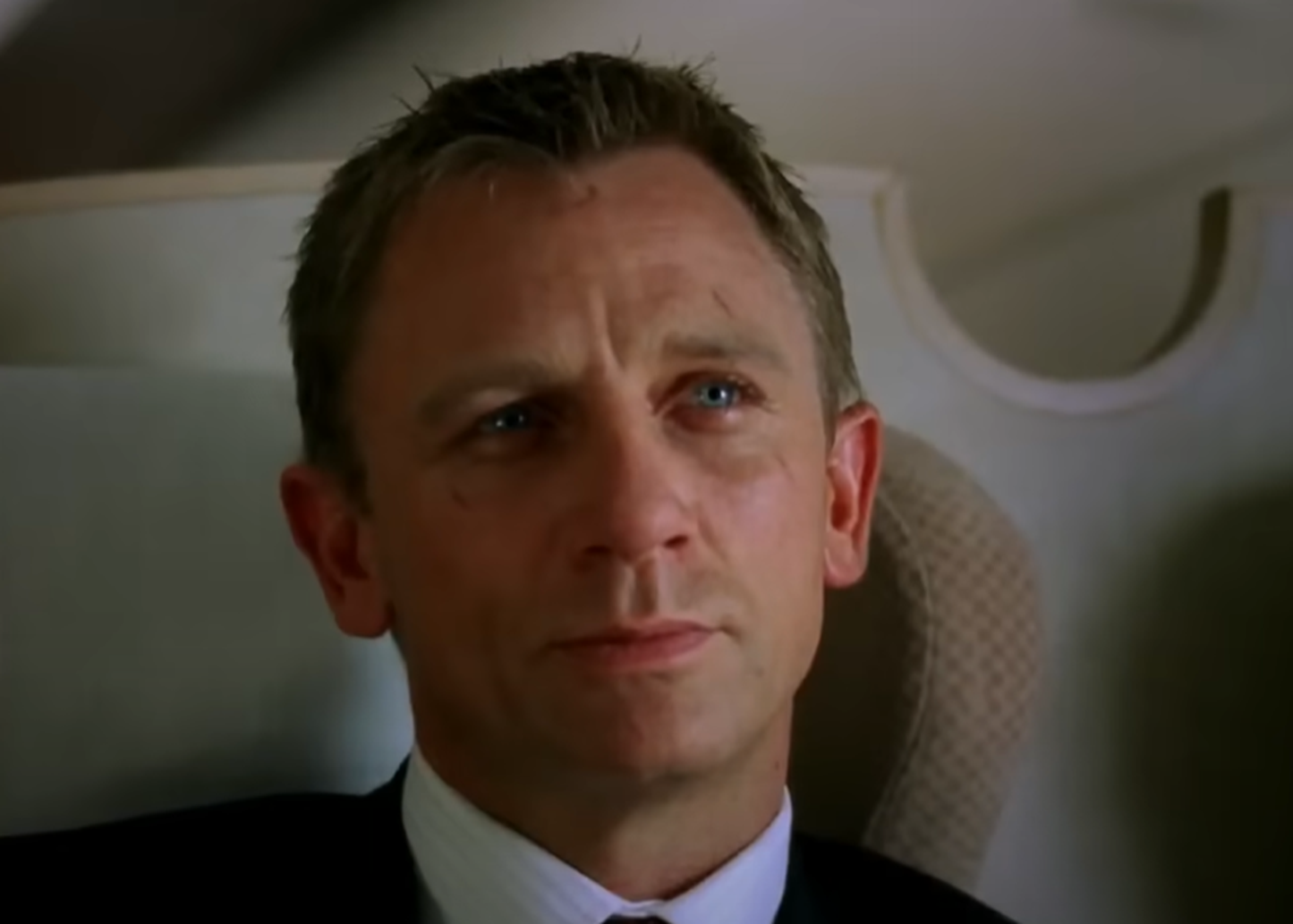 Columbia Pictures, Casino Royale (2006)
Columbia Pictures, Casino Royale (2006)
Daniel Craig: Casino Royale (2006)
Fans were adamant that James Bond had to be tall, dark, and handsome. Unfortunately, Daniel Craig didn't embody the suave lead they had in mind. He was blonde, blue-eyed, stocky, and had a certain edge to him. Craig was under a lot of pressure to do this character justice.
 Columbia Pictures, Casino Royale (2006)
Columbia Pictures, Casino Royale (2006)
Daniel Craig: Casino Royale (2006)
In 2006's Casino Royale, Craig proved all the haters wrong with his phenomenal performance. He didn't fit the mold, but reinvented Bond in the most refreshing way possible. With every installation, he proved himself as one of the best James Bonds of all time.
 Columbia Pictures, Casino Royale (2006)
Columbia Pictures, Casino Royale (2006)
Jake Gyllenhaal: Prince Of Persia: The Sands Of Time (2010)
In 2010, Jake Gyllenhaal took on the role of Prince Dastan of Persia, which definitely drew some scathing criticisms. Many had hoped that Hollywood would cast a Persian actor for Prince of Persia: The Sands of Time, which Gyllenhaal is decidedly not.
 Walt Disney Pictures, Prince of Persia: The Sands of Time (2010)
Walt Disney Pictures, Prince of Persia: The Sands of Time (2010)
Jake Gyllenhaal: Prince Of Persia: The Sands Of Time (2010)
Disney truly missed the mark by casting Gyllenhaal as Prince Dastan. The studio had hoped that the film would knock it out of the park, potentially spawning another massive movie franchise, comparable to Pirates of the Caribbean. But its disappointing performance at the box office and bad reviews stopped it in its tracks.
 Walt Disney Pictures, Prince of Persia: The Sands of Time (2010)
Walt Disney Pictures, Prince of Persia: The Sands of Time (2010)
Jake Gyllenhaal: Prince Of Persia: The Sands Of Time (2010)
Speaking to Yahoo Entertainment, Gyllenhaal later shared his thoughts on the film: “I think I learned a lot from that movie in that I spend a lot of time trying to be very thoughtful about the roles that I pick and why I’m picking them. And you’re bound to slip up and be like, ‘That wasn’t right for me,’ or ‘That didn’t fit perfectly.’ There have been a number of roles like that. And then a number of roles that do".
 Walt Disney Pictures, Prince of Persia: The Sands of Time (2010)
Walt Disney Pictures, Prince of Persia: The Sands of Time (2010)
Mickey Rooney: Breakfast At Tiffany’s (1961)
Perhaps one of the most cringeworthy and regrettable performances in Hollywood history was Mickey Rooney's role in 1961's Breakfast at Tiffany's—Mr Yunioshi.
 Jurow-Shepherd, Breakfast at Tiffany’s (1961)
Jurow-Shepherd, Breakfast at Tiffany’s (1961)
Mickey Rooney: Breakfast At Tiffany’s (1961)
Though Rooney was a white actor, he played the part of a Japanese landlord. But that wasn't the worst part. Unfortunately, the horrifying prosthetics and accent that Rooney used to bring Mr Yunioshi to life were extremely offensive.
 Jurow-Shepherd, Breakfast at Tiffany’s (1961)
Jurow-Shepherd, Breakfast at Tiffany’s (1961)
Mickey Rooney: Breakfast At Tiffany’s (1961)
Though some may argue that this casting choice was just "the way things were" back then, some critics from that time still recognized that something was not quite right.
 Jurow-Shepherd, Breakfast at Tiffany’s (1961)
Jurow-Shepherd, Breakfast at Tiffany’s (1961)
Mickey Rooney: Breakfast At Tiffany’s (1961)
At the time of its release, James Powers wrote a very telling review for The Hollywood Reporter, sharing, "Mickey Rooney gives his customary all to the part of a Japanese photographer, but the role is a caricature and will be offensive to many".
To this day, Rooney's Mr Yunioshi is the most despised part of Breakfast at Tiffany's—and the actor himself later voiced his regret in regards to this character.
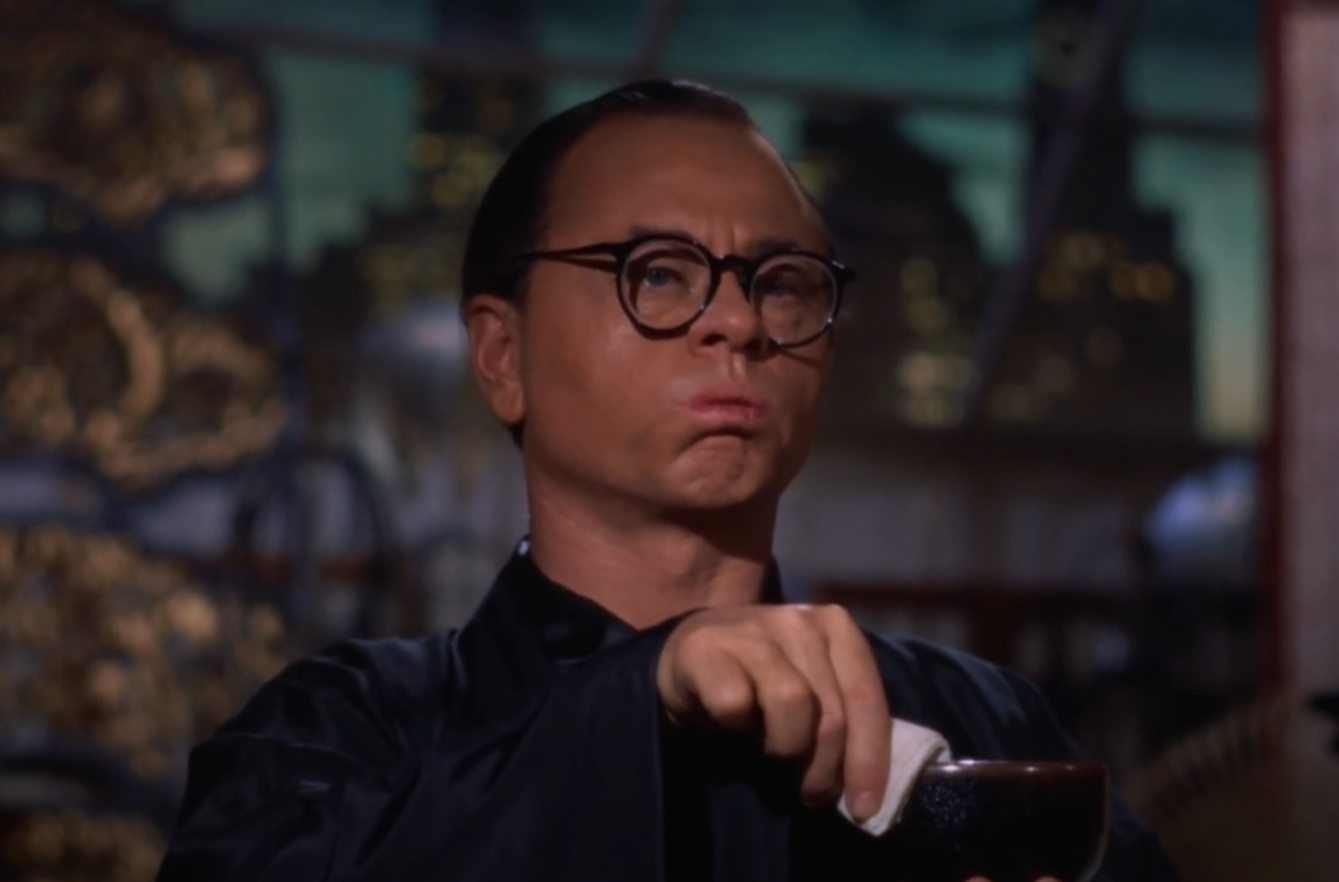 Jurow-Shepherd, Breakfast at Tiffany’s (1961)
Jurow-Shepherd, Breakfast at Tiffany’s (1961)
Michael Keaton: Batman (1989)
In the 1980s, Michael Keaton certainly didn't seem like the obvious choice for Bruce Wayne in Batman. After all, his reputation leaned toward comedy, with his stellar performances in Night Shift and Mr Mom.
Michael Keaton: Batman (1989)
People were quick to voice their skepticism about Keaton's ability to pull off such a dark, brooding, and serious superhero. And even if he did manage to do a great job, would the audience still buy into it?
Michael Keaton: Batman (1989)
Luckily, Tim Burton had nothing to regret with his version of Batman, because Michael Keaton truly won fans over with his performance. His take on the beloved superhero is lauded to this day.
Tom Cruise: Interview With The Vampire (1994)
Interview with the Vampire might be one of the most popular vampire novels of all time. But there was some casting controversy once Hollywood began bringing a film adaptation to life.
 Geffen Pictures, Interview with the Vampire (1994)
Geffen Pictures, Interview with the Vampire (1994)
Tom Cruise: Interview With The Vampire (1994)
You see, the author of the novel herself, Anne Rice, wasn't too pleased with the casting of one of the story's main characters, Lestat de Lioncourt. Who had been cast? Well, the popular heartthrob, Tom Cruise, of course.
 Geffen Pictures, Interview with the Vampire (1994)
Geffen Pictures, Interview with the Vampire (1994)
Tom Cruise: Interview With The Vampire (1994)
Rice was so adamant that Cruise not take on the role, that she even made other casting suggestions. Unfortunately, her displeasure failed to outweigh Cruise's star power.
 Geffen Pictures, Interview with the Vampire (1994)
Geffen Pictures, Interview with the Vampire (1994)
Tom Cruise: Interview With The Vampire (1994)
Cruise definitely proved Rice wrong, as the film was a major success and his performance drew positive reviews. In the end, the author changed her tune and conceded that Cruise had been the correct choice all along.
 Geffen Pictures, Interview with the Vampire (1994)
Geffen Pictures, Interview with the Vampire (1994)
Female Protagonists: Ghostbusters (2016)
The gender switcharoo for 2016's Ghostbusters had audiences really fired up. Obviously, the original film had an all-male ghostbusting team, but this reboot puts a feminist spin on the popular story. This made it a magnet for controversy.
 Columbia Pictures, Ghostbusters (2016)
Columbia Pictures, Ghostbusters (2016)
Female Protagonists: Ghostbusters (2016)
People were not enthused about the decision to cast women in the lead roles. They also weren't sold on director Paul Feig, who had previously worked on Bridesmaids and The Heat.
 Columbia Pictures, Ghostbusters (2016)
Columbia Pictures, Ghostbusters (2016)
Female Protagonists: Ghostbusters (2016)
On social media, some accused the film of being a "gimmick," with a shockingly negative response to the trailers and marketing. The ratio of likes to dislikes on the promo videos did not look promising.
 Columbia Pictures, Ghostbusters (2016)
Columbia Pictures, Ghostbusters (2016)
Female Protagonists: Ghostbusters (2016)
Considering how outspoken people were about this remake, it's no wonder it underperformed at the box office. Though audiences didn't get out to the theater to watch it and gave the film bad reviews, the critics were more open-minded. On Rotten Tomatoes, the average score from critics is 74%.
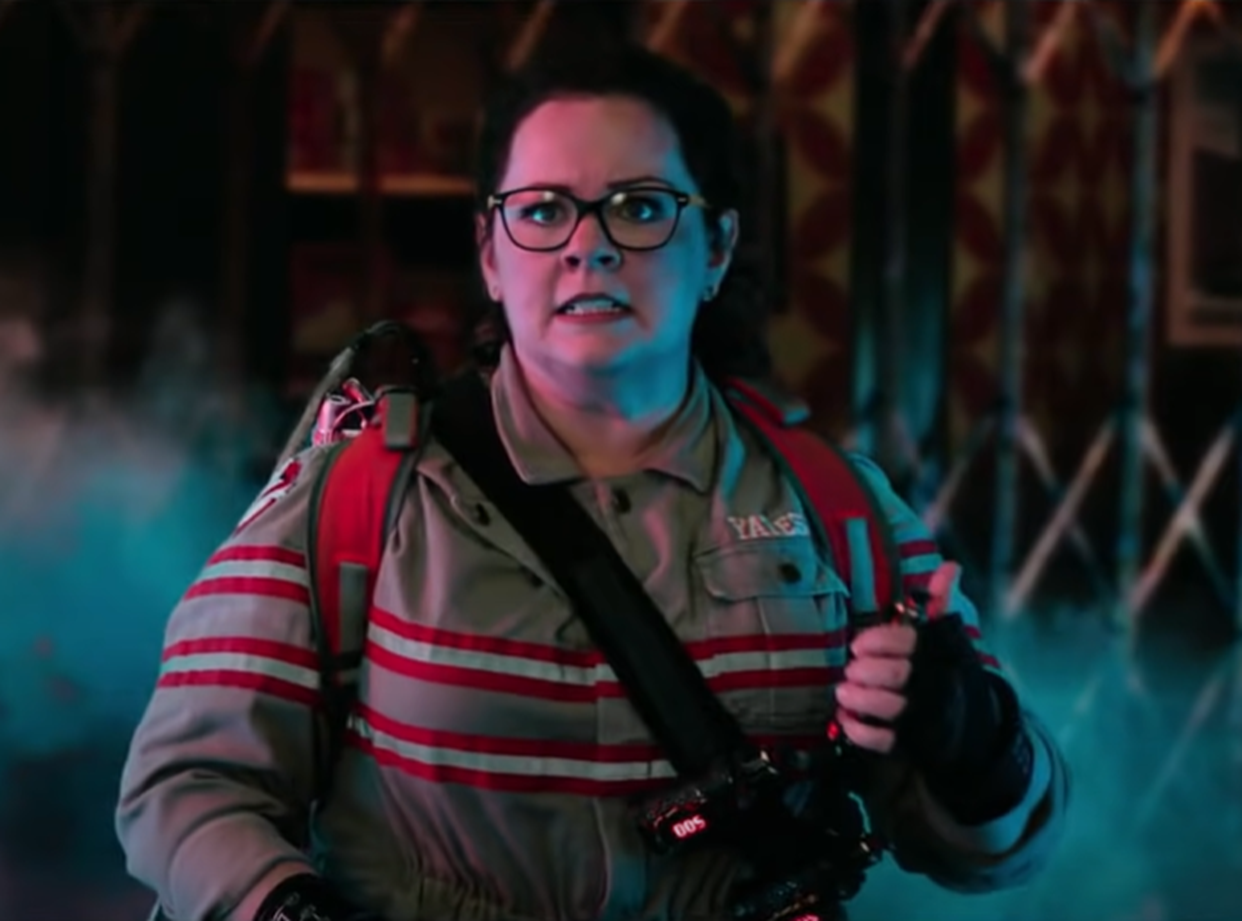 Columbia Pictures, Ghostbusters (2016)
Columbia Pictures, Ghostbusters (2016)
Emma Stone: Aloha (2015)
Emma Stone is one of Hollywood's most beloved actresses, but her casting in 2015's Aloha was a major head-scratcher. Stone plays the role of a multiracial woman named Captain Allison Ng, who is a quarter Hawaiian and a quarter Chinese.
 Columbia Pictures, Aloha (2015)
Columbia Pictures, Aloha (2015)
Emma Stone: Aloha (2015)
Though director Cameron Crowe later apologized for the casting choice, he also defended his original decision in the same breath, explaining that the character of Allison Ng was supposed to be white-passing.
Many critics, however, weren't able to ignore the whitewashing of an Asian-American character.
 Columbia Pictures, Aloha (2015)
Columbia Pictures, Aloha (2015)
Emma Stone: Aloha (2015)
In response to the criticism of her role, Emma Stone offered up a defense similar to Cameron Crowe's, saying, "The character was not supposed to look like her background which was a quarter Hawaiian and a quarter Chinese".
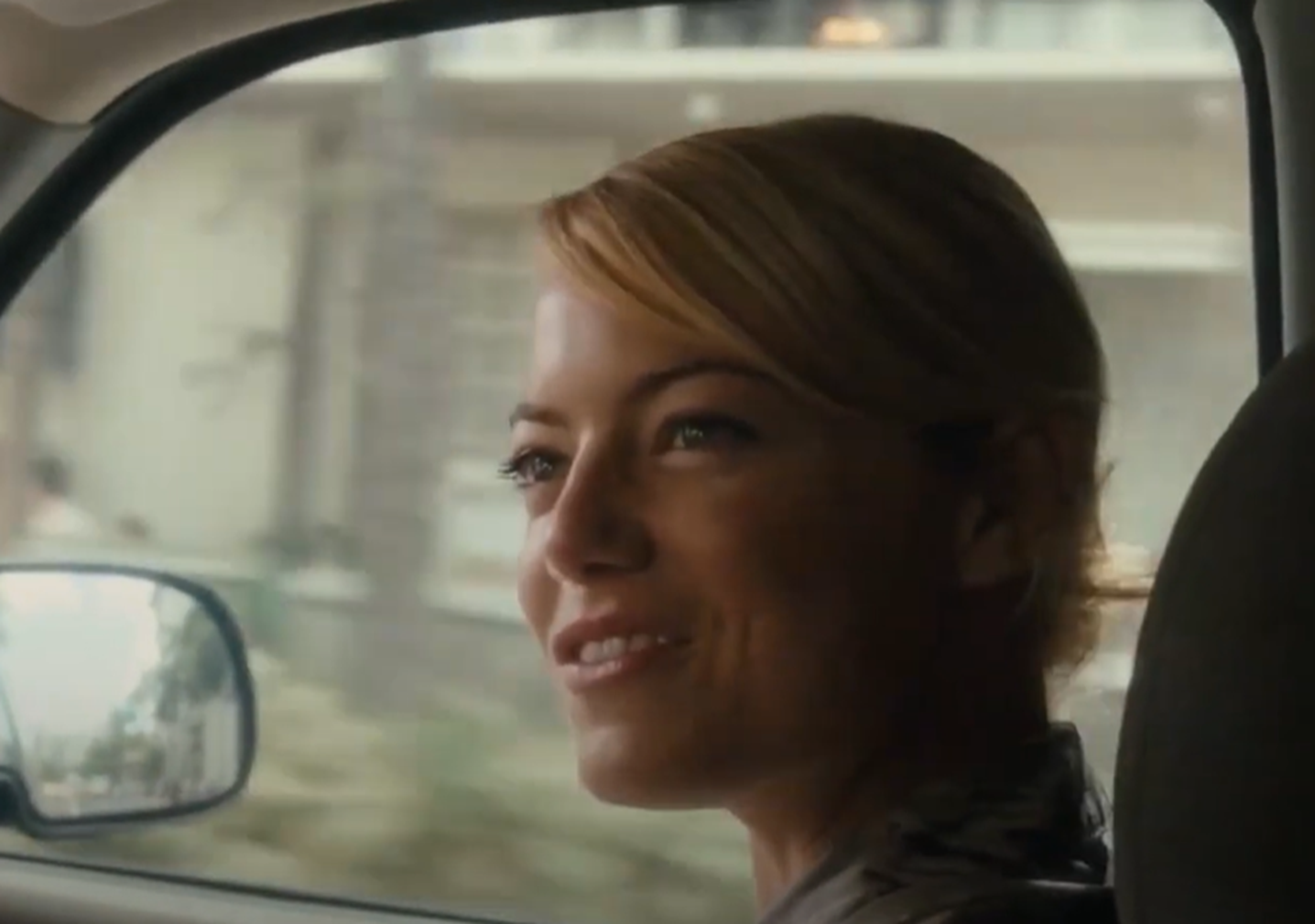 Columbia Pictures, Aloha (2015)
Columbia Pictures, Aloha (2015)
Emma Stone: Aloha (2015)
Thankfully, Stone also acknowledged the whitewashing accusation, expressing, “I’ve learned on a macro level about the insane history of whitewashing in Hollywood and how prevalent the problem truly is. It’s ignited a conversation that’s very important".
 Columbia Pictures, Aloha (2015)
Columbia Pictures, Aloha (2015)

